Temple of Heaven, Beijing, China (1406)
Artist/Designer:
Project Location: China
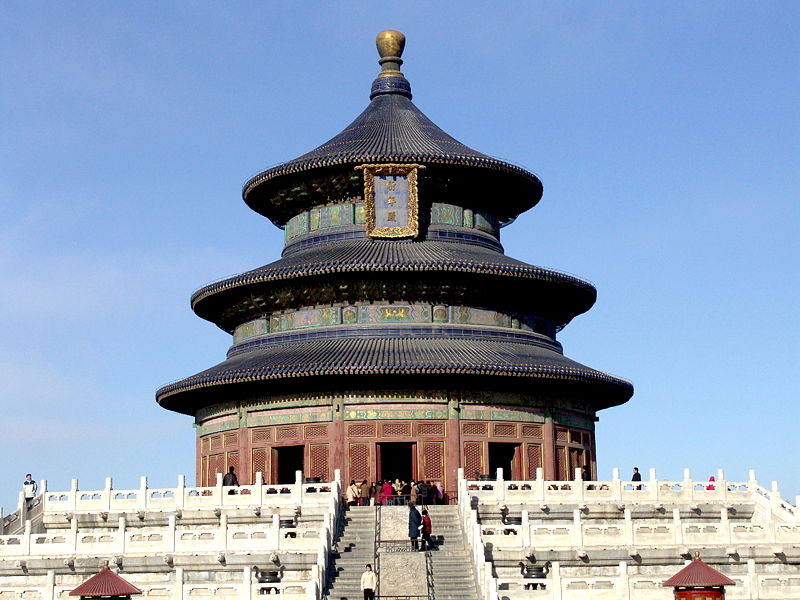
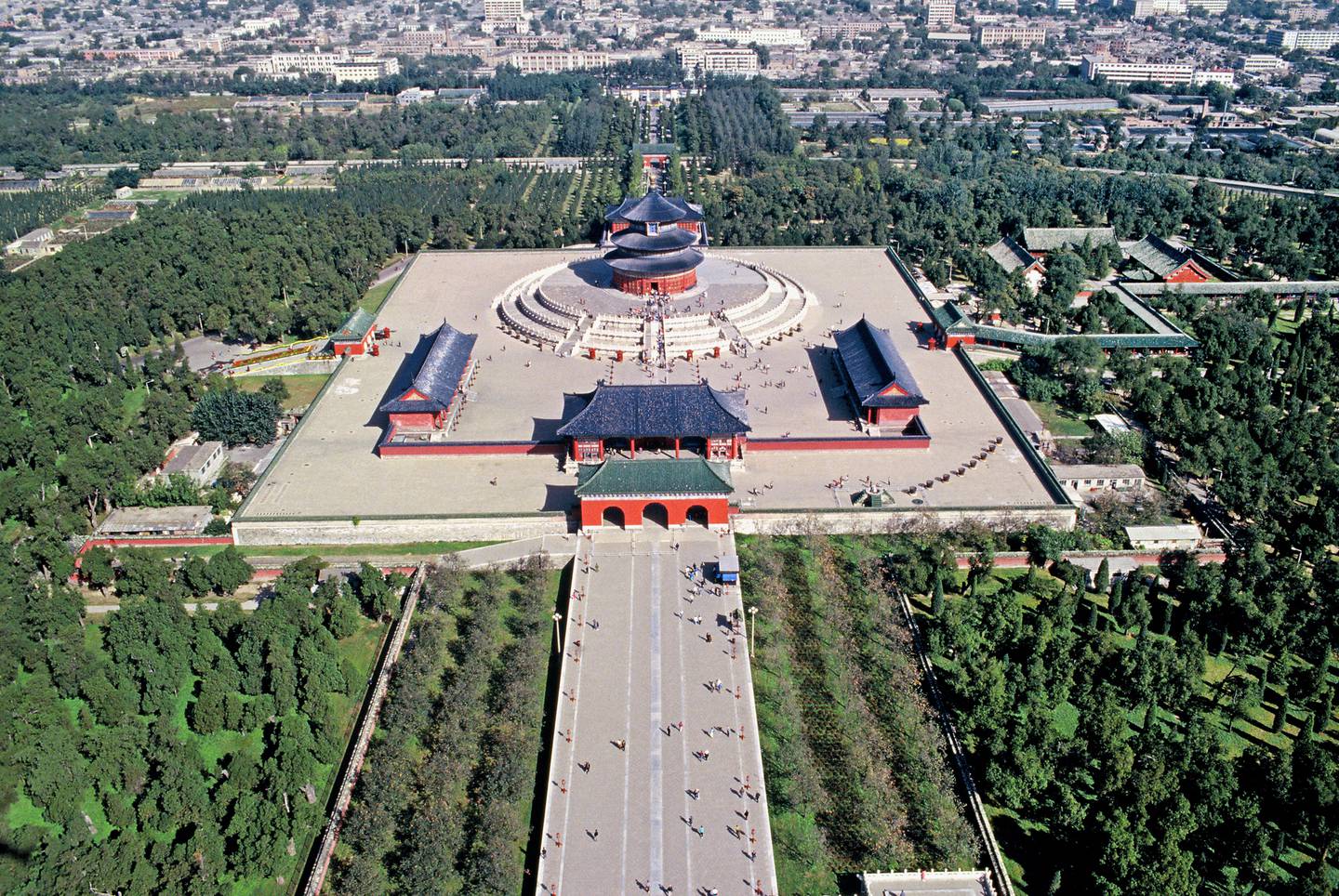
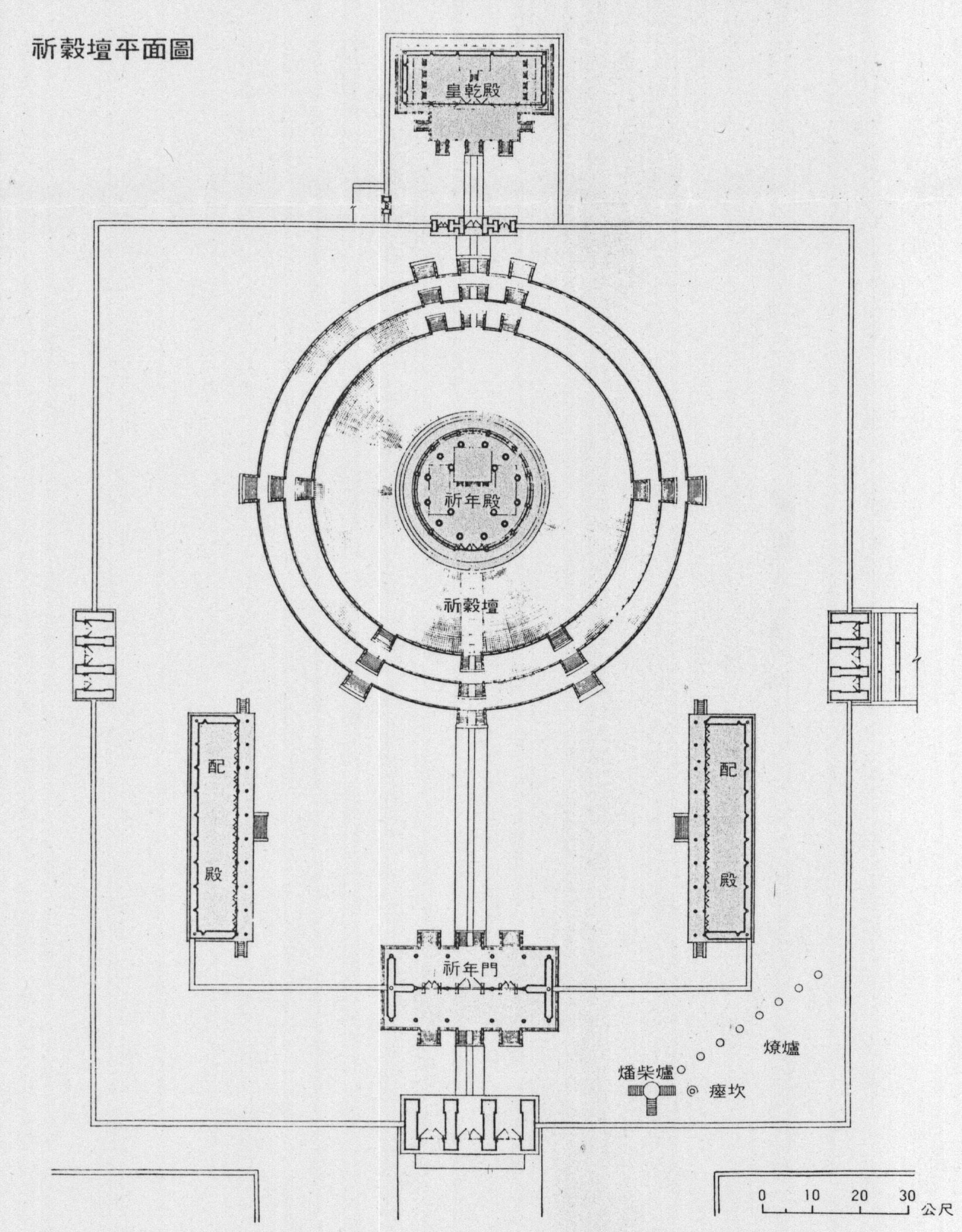
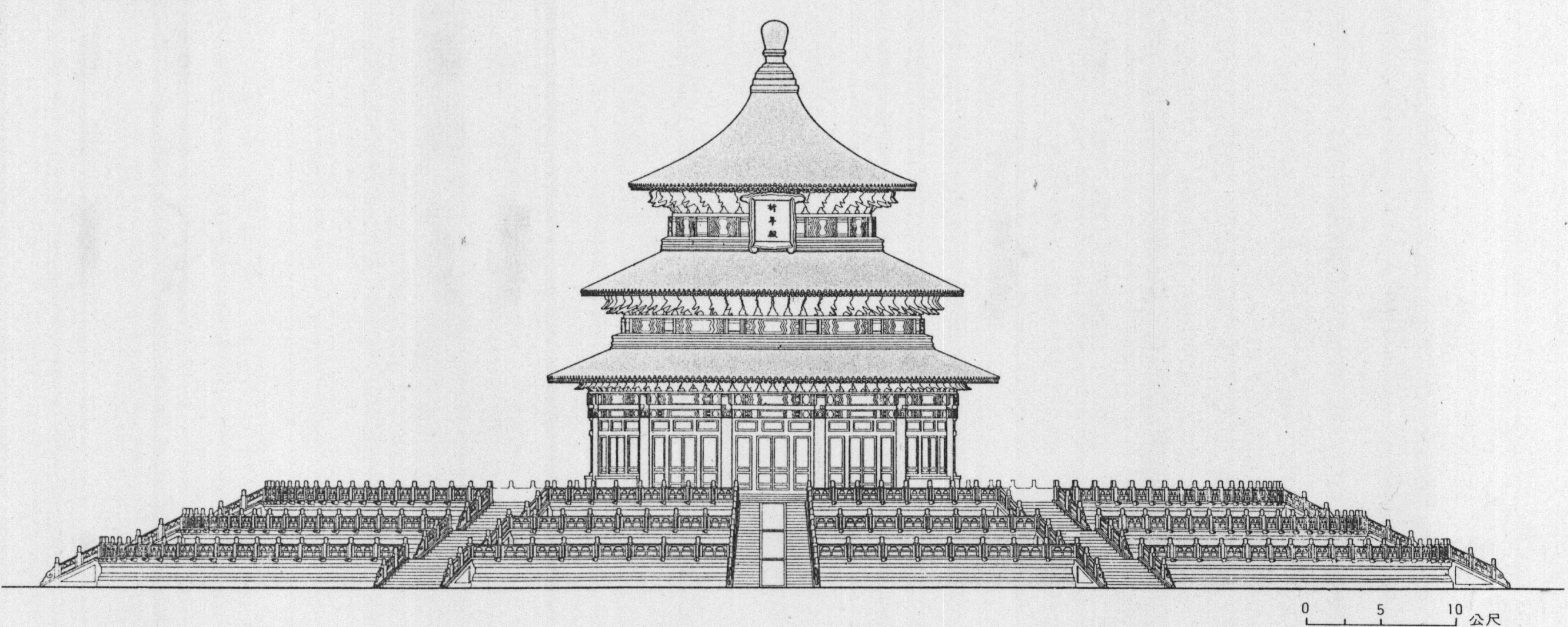
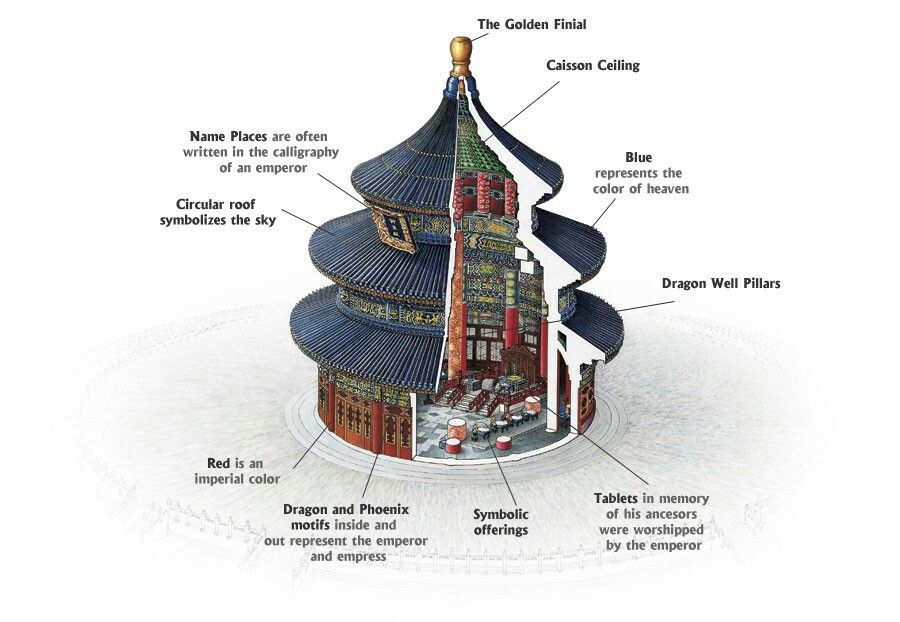





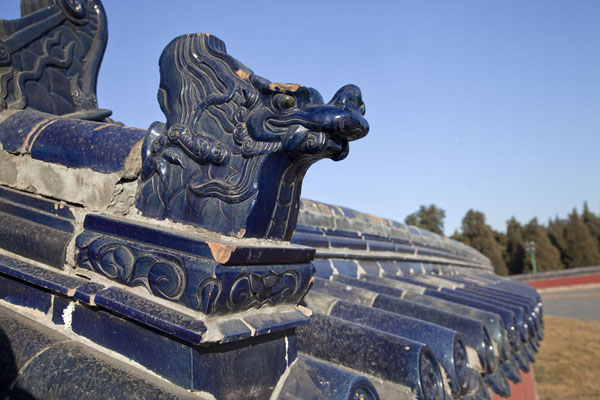
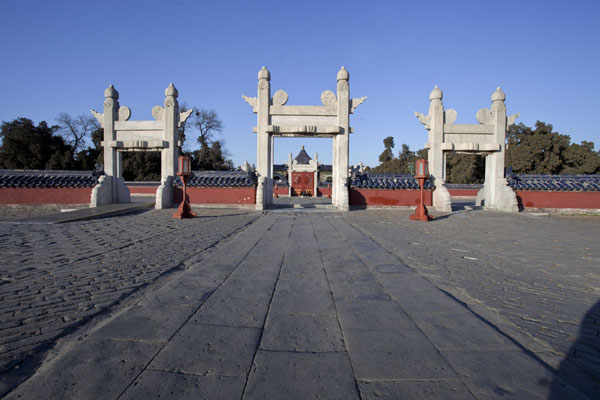
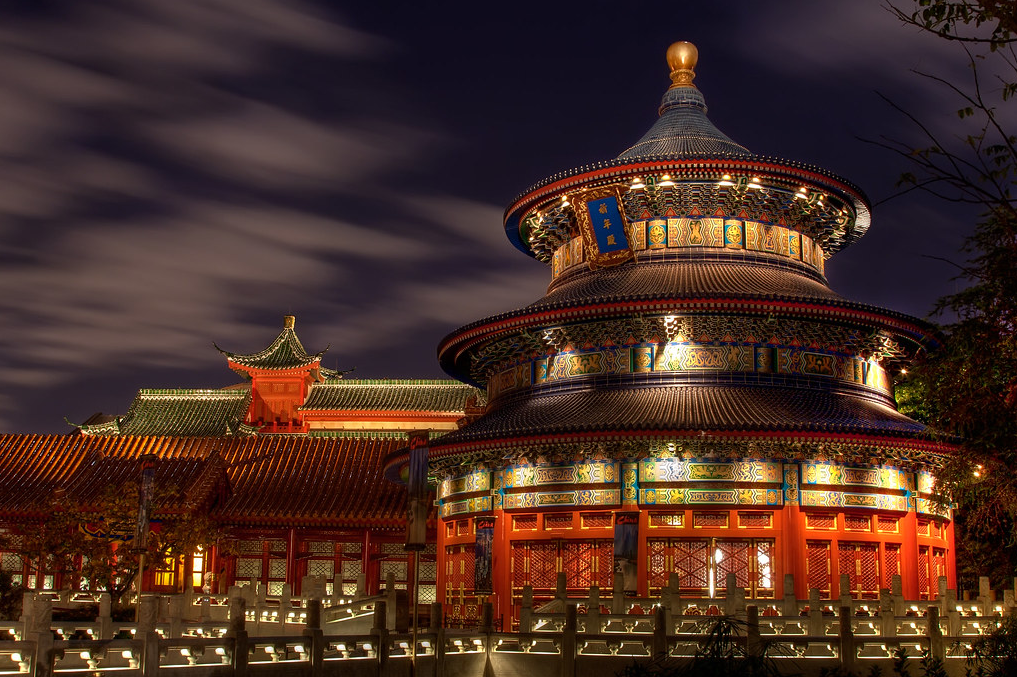
Style/Period(s):
Classical, Traditional
Primary Material(s):
Brick, Tile, Wood
Function(s):
No Function Assigned.
Related Website(s):
Significant Date(s):
1406
Additional Information:
The Temple of Heaven is used for annual ceremonies of prayer to Heaven for a good harvest. The temple complex was constructed from 1406 to 1420 during the reign of the Yongle Emperor of Ming Dynasty, who was also responsible for the construction of the Forbidden City in Beijing. It is currently located in Dongcheng Beijing, China. The complex was extended and renamed Temple of Heaven during the reign of the Jiajing Emperor in the 16th century. Jiajing also built three other prominent temples in Beijing, the Temple of the Sun (日壇) in the east, the Temple of Earth (地壇) in the north, and the Temple of Moon (月壇) in the west. The Temple of Heaven was renovated in the 18th century under the Qianlong Emperor. By then, the state budget was insufficient, so this was the last large-scale renovation of the temple complex in imperial times.
The temple was occupied by the Anglo-French alliance during the Second Opium War. In 1900, during the Boxer Rebellion, the Eight-Nation Alliance occupied the temple complex and turned it into the force's temporary command in Peking, which lasted for one year. With the downfall of the Qing, the temple complex was left un-managed. The neglect of the temple complex led to the collapse of several halls in the following years.
In 1914, Yuan Shikai, then President of the Republic of China, performed a Ming prayer ceremony at the temple, as part of an effort to have himself declared Emperor of China. In 1918 the temple was turned into a park and for the first time open to the public.
Viewers should treat all images as copyrighted and refer to each image's links for copyright information.